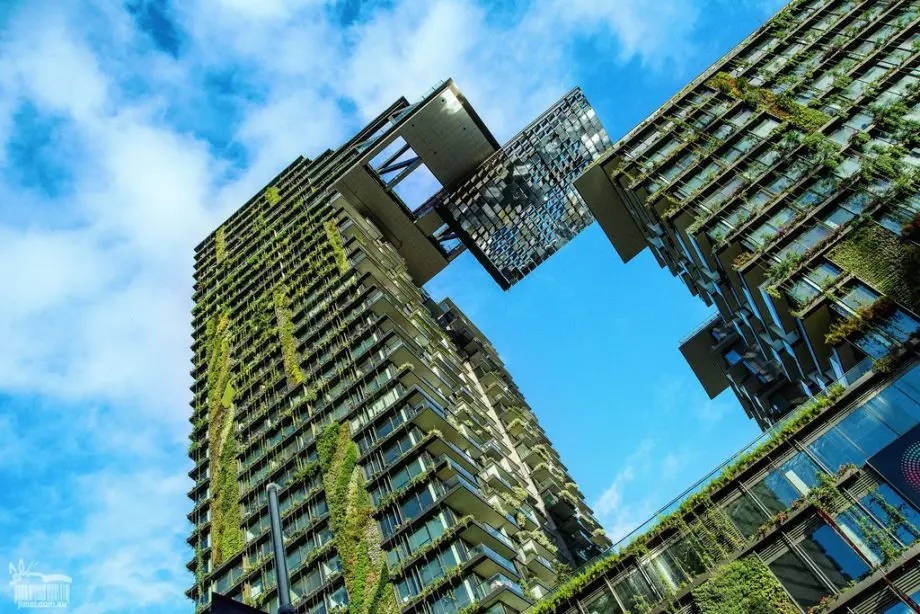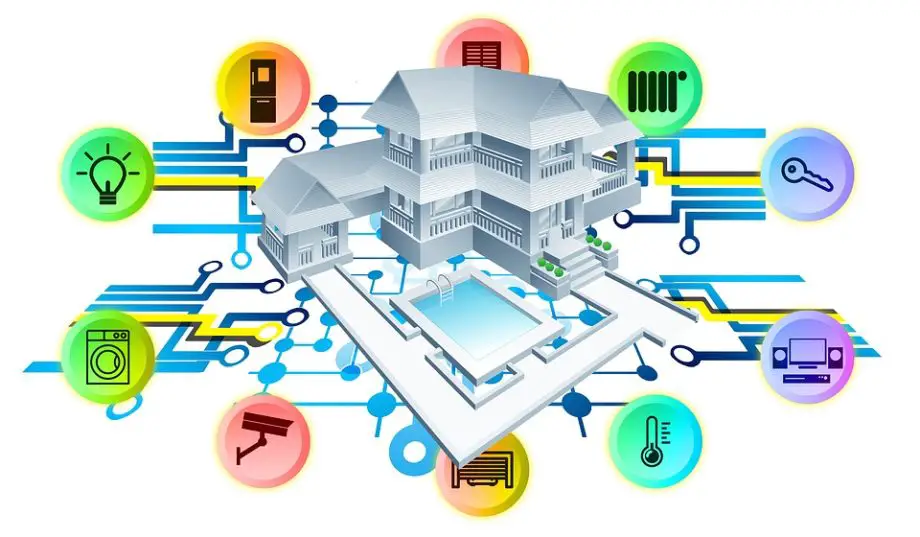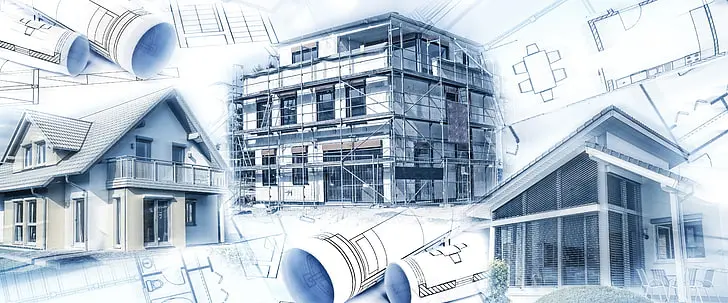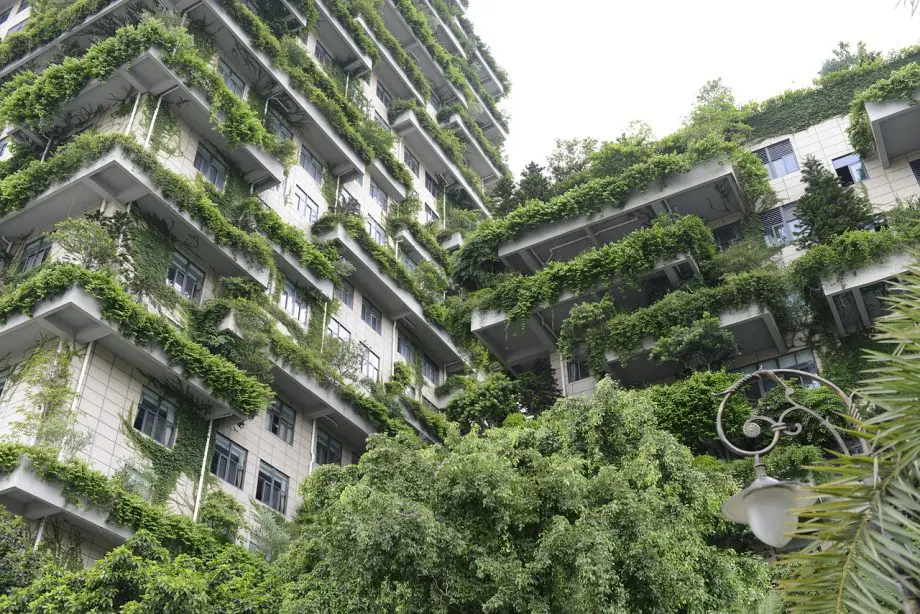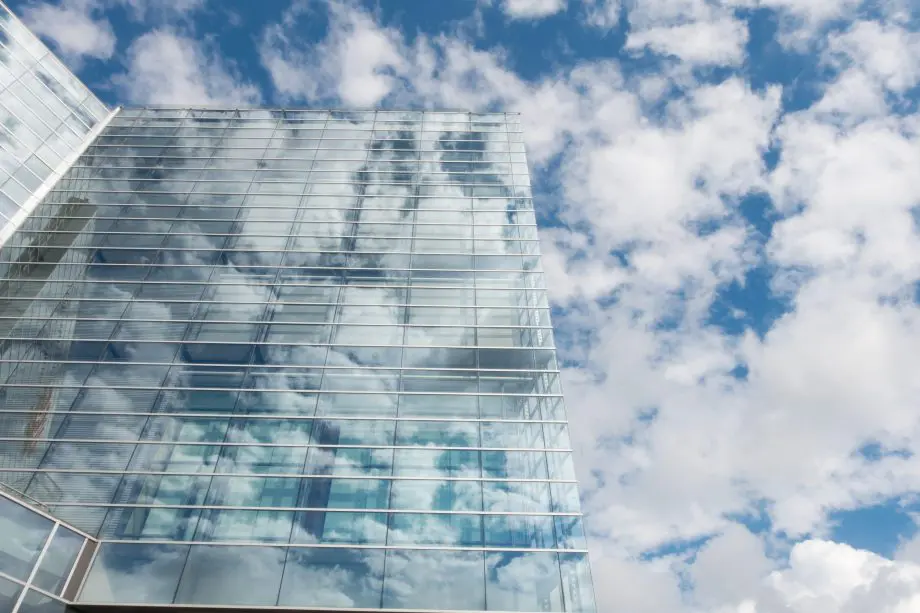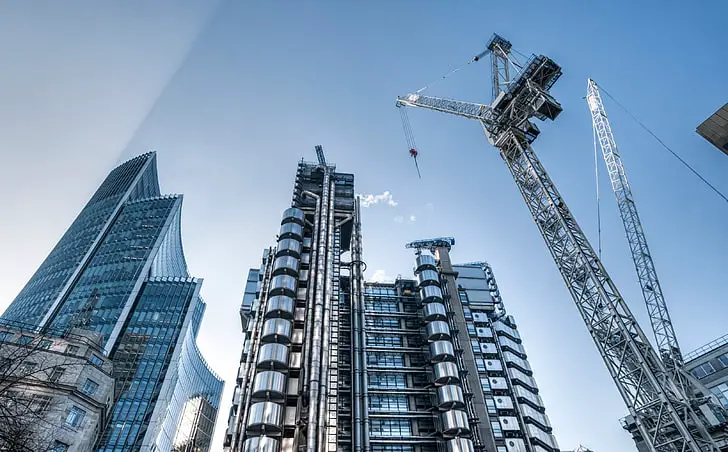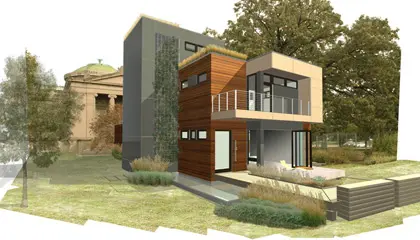
Discover the world of green building for homes! Learn about its benefits, key elements, and practices that make your home eco-friendly, healthy, and cost-effective.
Imagine living in a home that not only contributes to the health of the environment but also to your well-being and wallet.
Welcome to the world of green building for homes! This concept goes beyond just reducing your carbon footprint.
It’s about creating a space that is energy-efficient, sustainable, and designed with both you and nature in mind.
Let’s dive in and explore how green building can transform the way we live and interact with our homes.
Green Building for Homes
Are you ready to embark on a journey towards a more sustainable lifestyle? If so, you’re in the right place!
In this post, we’re going to delve into the fascinating world of green building for homes.
We’ll be covering everything from the core principles of green building, the incredible benefits it brings to homeowners and the environment, to the innovative materials used in construction.
We’ll also touch on the globally recognized standards and certifications, and the best practices to follow.
And if you have questions, don’t worry, we’ve got a section just for that! So, sit back, relax, and let’s explore how green building is revolutionizing our homes and our lives.
Definition of Green Building
Green building, also known as sustainable building, is more than just a buzzword.
It’s a comprehensive approach to designing, constructing, and maintaining buildings to reduce their impact on the environment and the health of the people who occupy them.
This means using energy, water, and other resources more efficiently, creating less waste, and providing healthier living and working spaces.
It’s not just about the building itself, but also about how it fits into its surroundings.
Think of it as a piece of a puzzle that makes up a sustainable community.
Importance of Green Building for Homes
Now, you might be wondering, why is green building so important for homes.
Well, our homes are where we spend a significant portion of our lives. They are our sanctuaries, our safe havens.
Green building ensures that our homes are not just comfortable and aesthetically pleasing, but also healthy and sustainable.
By adopting green building practices, we can significantly reduce our homes’ energy and water consumption, leading to lower utility bills.
Who wouldn’t love that? But it’s not just about saving money.
Green homes also provide a healthier living environment with better indoor air quality, less mold and mildew, and more natural light.
Moreover, green building is a powerful way to address some of the most pressing issues of our time, including climate change, natural resource depletion, and waste accumulation.
By choosing to build green, we’re making a positive impact on our planet, our health, and our wallets. It’s a win-win-win situation!
Are Green buildings and smart homes the same?
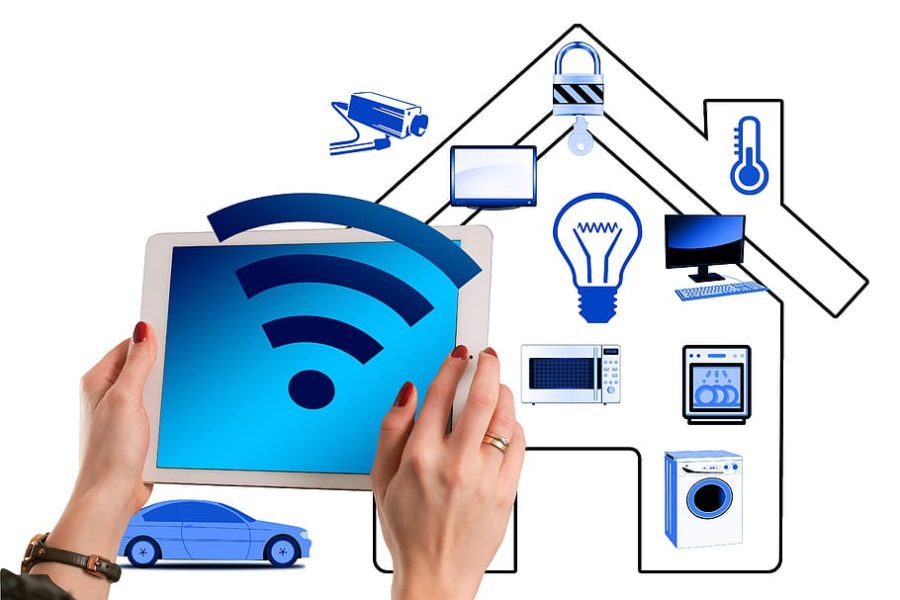
As we delve deeper into the world of sustainable living, you might come across two terms that often pop up: green buildings and smart homes.
While they both seem to represent the future of housing, you might be wondering, are they the same thing?
In the next section, we’re going to unravel this mystery and explore the similarities and differences between green buildings and smart homes.
So, if you’ve ever found yourself scratching your head over these terms, stick around, because we’re about to clear things up!
Green Buildings
Green buildings, as we’ve discussed, are all about sustainability and efficiency. They are designed and constructed with a focus on reducing the environmental impact.
This is achieved through energy-efficient systems, water-saving features, the use of sustainable or recycled materials, and designs that take advantage of natural light and heat.
But it’s not just about the environment. Green buildings also aim to improve the health and comfort of the people living in them, with features like improved ventilation for better air quality and layouts that enhance physical comfort.
Smart Homes
On the other hand, smart homes are primarily about convenience and automation.
A smart home uses technology and connected devices to automate and streamline daily tasks.
Think about controlling your thermostat, lights, security systems, and even appliances with just a few taps on your smartphone or through voice commands.
Energy efficiency can be a part of this. For example, smart thermostats can optimize your heating and cooling usage to save energy.
However, it’s important to note that while a smart home can be a green home if it uses its tech for energy efficiency, the two terms are not interchangeable.
A home could be smart and loaded with automated features but not necessarily green if it doesn’t prioritize sustainability.
So, while green buildings and smart homes can overlap, they have different primary goals.
One is focused on sustainability and health, and the other on automation and convenience.
Both, however, represent innovative ways to enhance our living spaces.
Benefits of Green Building for Homes
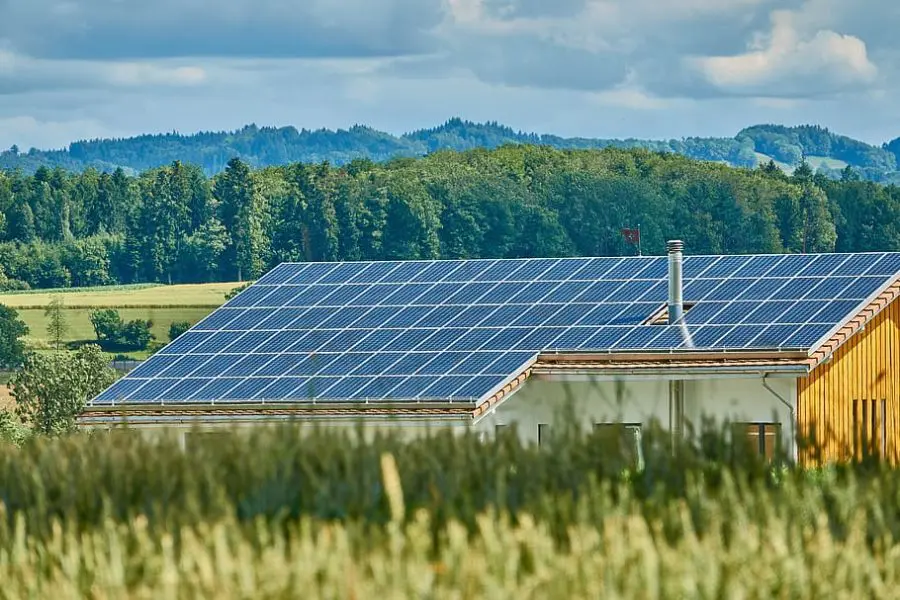
Ready to dive into the world of benefits that green building brings to your home? It’s quite an exciting journey!
When we talk about green building, it’s not just about being kind to our planet.
While that’s a significant part of it, green building also brings a host of benefits that directly impact you and your family.
From cost savings to improved health, the advantages of green building are far-reaching.
So, let’s roll up our sleeves and delve into the myriad of benefits that green building for homes has to offer.
Trust me, by the end of this section, you’ll be looking at your home through a whole new lens!
Environmental Benefits
First up, let’s talk about the environmental benefits. Green buildings are designed to be in harmony with the environment, and this is achieved in several ways.
They use energy more efficiently, often through the use of renewable energy sources like solar or wind power.
They also use less water, thanks to water-saving fixtures and appliances, and even rainwater harvesting systems.
Plus, green buildings often use materials that are sustainable or recycled, reducing the demand for new resources and limiting waste.
And let’s not forget about the reduction in greenhouse gas emissions, thanks to lower energy use.
So, by choosing a green home, you’re doing your part to protect our planet for future generations.
Health Benefits
Next, let’s move on to the health benefits. Green buildings are designed to provide healthier indoor environments.
This means better air quality, thanks to improved ventilation and the use of materials that don’t off-gas harmful chemicals.
It also means more natural light, which can improve mood and productivity, and even help regulate sleep.
Plus, green buildings are often designed to promote physical activity, with features like staircases that are appealing to use and outdoor spaces that encourage exercise.
So, living in a green home can actually make you healthier!
Economic Benefits
Last, but certainly not least, are the economic benefits.
While there might be a higher upfront cost to build green, the savings over time can more than makeup for it.
Energy-efficient homes use less electricity, gas, and water, which means lower utility bills every month.
Plus, green homes often require less maintenance, thanks to durable, high-quality materials and systems.
And if you ever decide to sell, green homes often have higher resale values.
So, while you’re enjoying your comfortable, healthy living environment, you can also enjoy knowing you’re saving money in the long run.
Key Elements of Green Building
Now that we’ve explored the benefits of green building, you might be wondering, What exactly makes a building ‘green’? Great question!
Green building is more than just a label; it’s a philosophy that encompasses several key elements.
These elements work together to create a home that’s not only comfortable and beautiful but also kind to our planet and our health.
In this section, we’re going to break down these key elements of green building, from energy efficiency to indoor environmental quality.
So, if you’re curious about what goes into creating a green home, keep reading.
You’re about to get a behind-the-scenes look at the building blocks of sustainable living!
Energy Efficiency
Energy efficiency is one of the cornerstones of green building.
It’s all about reducing the amount of energy needed to heat, cool, and power a home.
This can be achieved through a variety of methods, such as high-quality insulation, energy-efficient windows, and advanced heating and cooling systems.
Many green homes also incorporate renewable energy sources, like solar panels or wind turbines, to further reduce their reliance on fossil fuels.
The result? A home that’s comfortable year-round, with significantly lower energy bills.
Water Efficiency
Water is a precious resource, and green buildings are designed to use it wisely.
This means installing water-efficient fixtures and appliances, like low-flow showerheads and dual-flush toilets.
Some green homes also use greywater recycling systems, which reuse water from sinks and showers for things like flushing toilets or watering gardens.
And let’s not forget about landscaping. Green homes often feature native, drought-resistant plants that require less watering.
All these measures add up to significant water savings, helping to conserve this vital resource.
Material Efficiency
Material efficiency in green building involves using building materials in a way that minimizes waste and reduces environmental impact.
This could mean using recycled or reclaimed materials, choosing materials that are sustainably sourced, or designing homes in a way that uses less material without compromising strength or functionality.
It also involves considering the lifespan of materials and choosing ones that are durable and long-lasting, reducing the need for replacement and repair.
Indoor Environmental Quality
Finally, indoor environmental quality is a key element of green building.
This involves creating a healthy indoor environment by improving air quality, increasing natural light, and controlling moisture.
Green homes often have excellent ventilation systems to reduce indoor pollutants and maintain a comfortable humidity level.
They also use materials and products that don’t emit harmful chemicals.
Plus, they’re designed to maximize natural light, which not only reduces the need for artificial lighting but also creates a more pleasant living environment.
So, living in a green home doesn’t just feel good. It’s good for you, too!
Green Building Materials
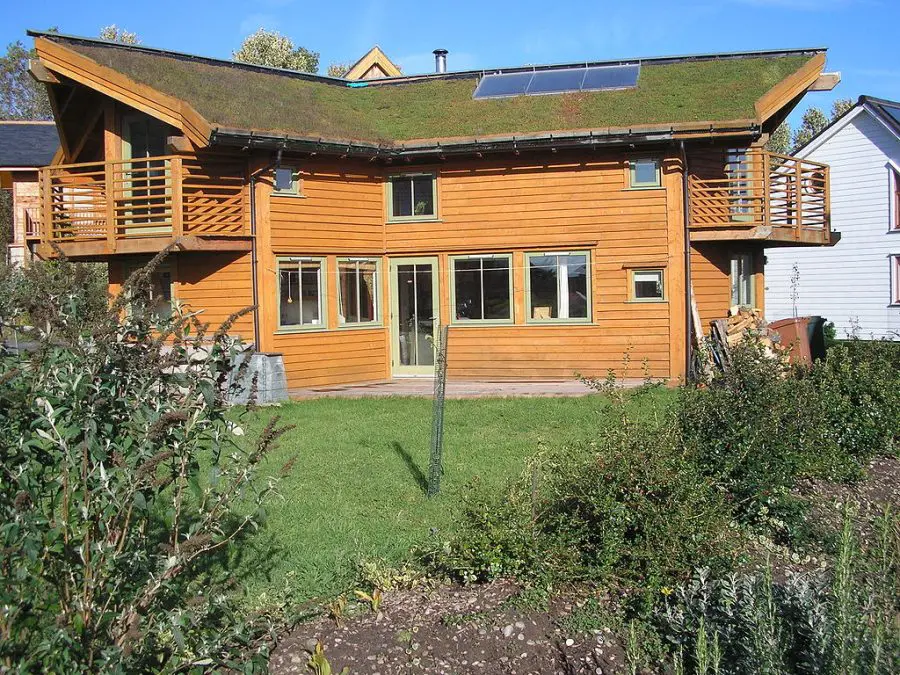
As we continue our journey into the world of green building, it’s time to talk about the building blocks themselves the materials.
The choice of materials can make a significant difference in the sustainability and efficiency of a home.
But what exactly are green building materials? And how do they contribute to a home’s overall ‘greenness’?
In this section, we’re going to explore some of the most common green building materials and how they’re changing the game in sustainable construction.
So, whether you’re planning a new build or a renovation, stick around. You might just discover the perfect material for your green home!
Sustainable Wood
When we think of building materials, wood often comes to mind. It’s versatile, and durable, and gives homes a warm, natural feel.
But not all wood is created equal. Sustainable wood, also known as responsibly sourced wood, comes from forests that are carefully managed to ensure they’re around for future generations.
These forests are often certified by organizations like the Forest Stewardship Council (FSC), which sets standards for responsible forest management.
So, by choosing sustainable wood, you’re not just building a beautiful home, you’re also helping to protect the world’s forests.
Recycled Steel
Next up is recycled steel. Yes, you read that right it’s recycled! Steel is one of the most recycled materials in the world and for a good reason.
It can be recycled over and over again without losing its strength or quality. This makes it a fantastic choice for green buildings.
Using recycled steel reduces the demand for new steel, which in turn reduces the energy use and carbon emissions associated with steel production.
Plus, steel is incredibly durable and resistant to things like termites and fire. So, it’s not just a green choice, but a smart one, too!
Low-VOC Paints and Finishes
Last but not least, let’s talk about low-VOC paints and finishes.
VOCs, or volatile organic compounds, are chemicals that can evaporate into the air at room temperature.
They’re found in many traditional paints and finishes and can cause a range of health problems, from headaches and nausea to liver damage and cancer.
Low-VOC paints and finishes, on the other hand, contain fewer of these harmful chemicals, making them a healthier choice for your home and the planet.
They’re just as durable and come in just as many colors as traditional paints, so you don’t have to sacrifice style for health and sustainability.
Green Building Standards and Certification Systems

As we delve deeper into the world of green building, it’s important to understand that there are certain standards and certifications in place to ensure that a building is truly green.
These systems provide guidelines for design, construction, and operation to create buildings that are environmentally responsible and resource-efficient.
They also offer a way to measure and verify a building’s green features. In this section, we’re going to explore some of the most recognized green building standards and certification systems.
Whether you’re a homeowner looking to make green improvements or a builder aiming for sustainability, these standards and certifications can provide a roadmap to achieving your green building goals.
National Green Building Standard (NGBS)
The National Green Building Standard (NGBS) is the first green building standard approved by the American National Standards Institute (ANSI).
It provides a blueprint for builders and developers who want to create green residential buildings, from single-family homes to multifamily buildings and even land developments.
The NGBS covers a wide range of areas, including lot design, resource efficiency, energy efficiency, water efficiency, indoor environmental quality, and building operation and maintenance.
It offers different certification levels (Bronze, Silver, Gold, and Emerald), so builders can choose the level that best fits their project and goals.
Leadership in Energy and Environmental Design (LEED)
Leadership in Energy and Environmental Design (LEED) is one of the most widely recognized green building certification systems in the world.
Developed by the U.S. Green Building Council, LEED provides a framework for creating healthy, highly efficient, and cost-saving green buildings in the United States.
LEED certification is a globally recognized symbol of sustainability achievement and leadership.
LEED homes cover a wide range of building types, including homes, and offer different certification levels (Certified, Silver, Gold, and Platinum) based on a point system.
Home Energy Rating System (HERS)
The Home Energy Rating System (HERS) is a nationally recognized system for inspecting and calculating a home’s energy performance.
A home’s HERS Index Score can tell you a lot about its energy efficiency. The lower the score, the more energy-efficient the home.
The HERS score is often used by homeowners looking to reduce their energy costs, builders looking to market their energy-efficient homes, and even mortgage lenders and government programs that want to incentivize energy efficiency.
So, if you’re looking to understand or improve the energy efficiency of a home, the HERS system is a great tool to use.
Green Building Practices
As we continue to explore the world of green building, it’s time to take a closer look at the practices that bring these sustainable homes to life.
Green building is more than just a collection of eco-friendly materials and energy-efficient systems.
It’s a holistic approach that considers every aspect of the building process, from site design and construction to operation and maintenance.
In this section, we’re going to delve into some of the key green building practices that help create homes that are not only environmentally friendly but also healthy and comfortable places to live.
So, if you’re curious about what goes into building a green home, keep reading.
We’re about to pull back the curtain on the practices that make green building possible!
Site Design
Site design is a crucial part of green building. It involves considering the unique characteristics of a site and designing the home to work with these features, rather than against them.
This could mean positioning the home to take advantage of natural sunlight for heating and lighting or designing the landscape to manage stormwater runoff.
It could also involve preserving existing trees for shade or choosing a site that’s close to public transportation to reduce car dependence.
By considering the site in a sustainable design process, green builders can create homes that are in harmony with their surroundings.
Resource Efficiency
Resource efficiency is all about using building materials and water in a way that reduces waste and preserves valuable resources.
This can involve everything from using recycled or sustainably sourced materials to designing the home in a way that uses less material without compromising strength or functionality.
It also involves water efficiency, which we’ve touched on earlier. By using water-efficient fixtures and appliances, and even reusing greywater, green homes can significantly reduce their water usage.
Building Operation and Maintenance
Finally, green building also involves considering the operation and maintenance of the home.
This means designing systems that are easy to operate and maintain, which helps to ensure they continue to function efficiently over time.
It also means considering the lifespan of materials and choosing ones that are durable and long-lasting, reducing the need for replacement and repair.
And it involves educating homeowners about how to operate and maintain their green home, so they can continue to reap the benefits of green building long after the construction is complete.
Sustainable Buildings FAQs
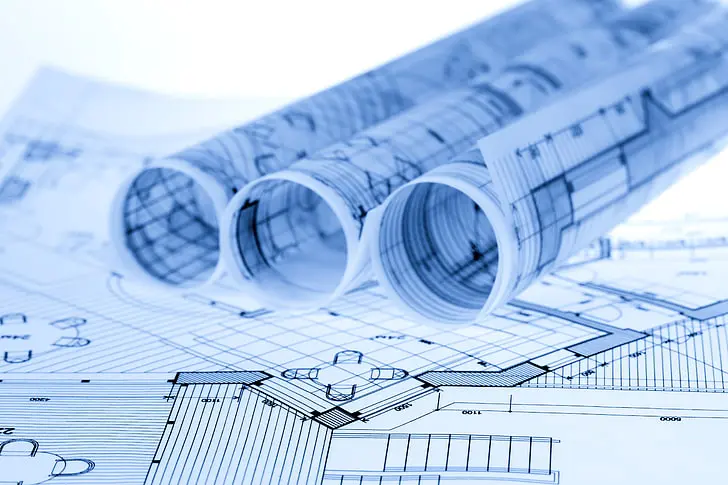
As we navigate the world of green building, it’s natural to have a few questions. After all, it’s a broad field with many different aspects to consider.
That’s why we’ve dedicated this section to answering some of the most frequently asked questions about green building for homes.
From understanding what green building really means to explore the benefits and practices, we’ve got you covered.
So, if you’ve been pondering any questions about green building, stick around. Chances are, you’ll find the answers right here!
Q: What is a green building?
A: Green building, also known as sustainable building, is an approach to designing, constructing, and maintaining buildings that reduce their impact on the environment and the health of the people who occupy them.
It involves using energy, water, and other resources more efficiently, creating less waste, and providing healthier living and working spaces.
Q: Why is green building important?
A: Green building is important for several reasons.
It helps to reduce our impact on the environment by using resources more efficiently and creating less waste.
It also provides healthier living environments with better air quality, less mold and mildew, and more natural light.
Plus, green buildings are often more energy-efficient, leading to lower utility bills.
Q: What are the benefits of green building for homes?
A: The benefits of green building for homes are numerous.
They include environmental benefits like reduced energy use and less waste, health benefits like improved air quality and more natural light, and economic benefits like lower utility bills and potentially higher resale values.
Q: What are some green building materials?
A: Some common green building materials include sustainable wood, which comes from responsibly managed forests, recycled steel, which can be reused without losing its strength or quality, and low-VOC paints and finishes, which contain fewer harmful chemicals than traditional products.
Q: What are the green building standards and certification systems?
A: There are several green building standards and certification systems, which provide guidelines for creating environmentally responsible and resource-efficient buildings.
Some of the most recognized ones include the National Green Building Standard (NGBS), Leadership in Energy and Environmental Design (LEED), and the Home Energy Rating System (HERS).
Green Building for Homes Conclusion
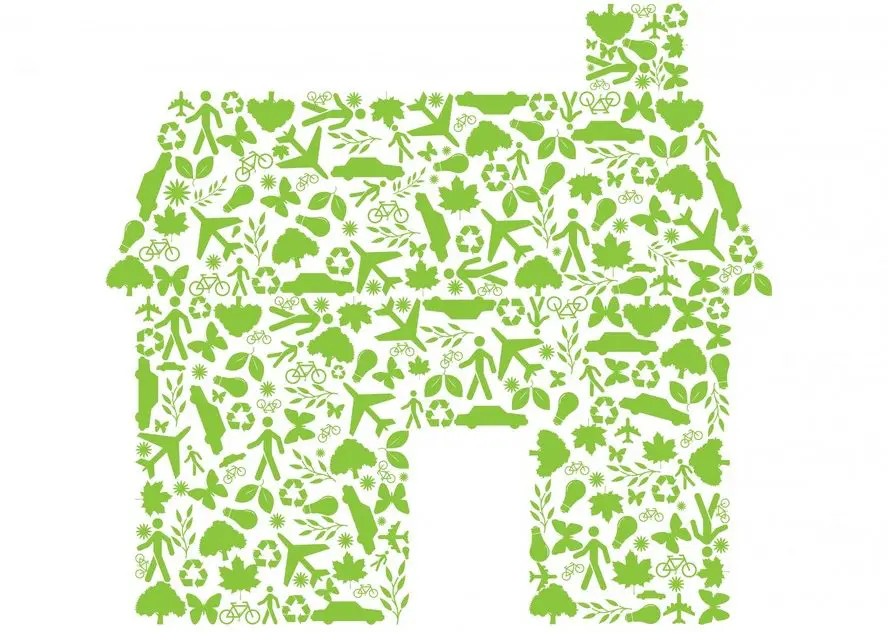
As we approach the end of our journey into the world of green building for homes, it’s time to reflect on what we’ve learned and look toward the future.
Green building is more than just a trend; it’s a powerful way to make our homes healthier, more comfortable, and kinder to our planet.
In this final section, we’ll be wrapping up our discussion and looking at what the future might hold for green building.
We’ll also explore how each of us can play a part in this exciting movement.
So, as we prepare to conclude, let’s take a moment to envision a future where green building is the norm, not the exception.
Future of Green Building for Homes
As we look towards the future, it’s clear that green building is set to play a significant role in the way we design, construct, and live in our homes.
With growing awareness about climate change and the impact of our lifestyles on the environment, more and more people are seeking out sustainable options for their homes.
We can expect to see advancements in green building technologies, more efficient and sustainable materials, and innovative design strategies that further reduce our homes’ environmental impact.
The future of green building is not just about new homes, either.
There’s a huge potential for retrofitting existing homes with green features, making green buildings accessible to more people.
Encouragement for Adoption of Green Building Practices
While the future of green building is promising, it’s important to remember that we can all play a part in making this future a reality.
Whether you’re building a new home, renovating an existing one, or just looking to make some eco-friendly upgrades, adopting green building practices can make a big difference.
Start small, like choosing energy-efficient appliances or using low-VOC paints, and work your way up to larger projects like installing solar panels or a rainwater harvesting system.
Every little bit helps! And remember, green building is not just good for the planet.
It’s good for your health and your wallet, too. So, here’s to a future where green homes are the norm, and we all reap the benefits of sustainable living!

